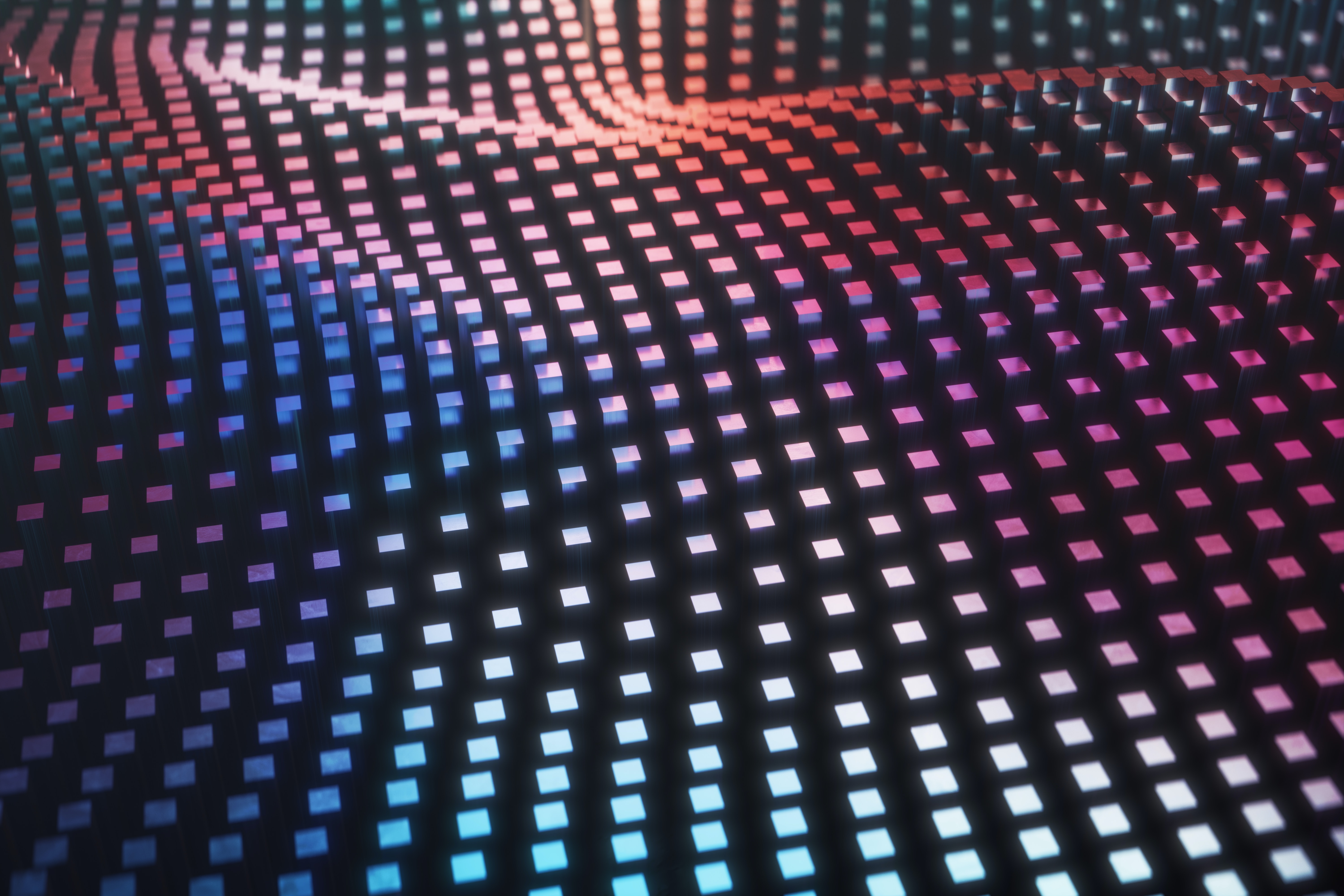
Transforming the management of assets and production lines thanks to the IoT
Advances in microelectronics have enabled the spread of more compact, less expensive, more autonomous and sometimes energy self-sufficient sensors. These sensors have made possible the development of the IoT, which allows for more precise control of assets and production lines or the operation of complex systems. For example, their use allows our customers to optimise their operations by organising the traceability of elements throughout the supply chain. Associated with the progress of network coverage technologies (5G, Wifi 6, Lora, Sigfox, NB IoT, etc.), their uses are multiplied
From the widespread use of sensors to the emergence of new intelligent materials
In addition to the development of these sensors, the properties of the materials themselves are changing. Progress in molecular chemistry, nanotechnology and biotechnology is leading to the emergence of ‘intelligent’ materials: programmable, with shape memory, miniaturised and with better physical properties.
The manufacturing processes for materials are also evolving, for example with the development of 3D printing, a technology that creates an object or part by gradually adding material.
Developing new products and optimising operations with AR
Augmented reality (AR) adds elements of virtual reality to the real environment. Combined with advances in image recognition and digital modelling, it not only enables the emergence of new augmented customer experiences, but also provides real-time support to any field operator. For our clients, AR leads to the development of new products and services as well as the deployment of internal tools to optimise team productivity.
Key Technological Enablers
Augmented reality (AR) adds virtual elements (indications, clothing, furniture…) to the real environment. Advances in image recognition and digital modeling not only allow the emergence of new and enhanced customer experiences, but also the assistance of any field operator in real time.
The improvement of charging speeds and energy storage capacities allows the development of more autonomous and efficient electronic equipment, some of which can capture energy from their environment.
Microelectronics has led to fundamental advances in sensors and actuators. More compact sensors (nanotechnology), less expensive, with embedded intelligence, with more autonomy and sometimes self-sufficient in energy, allows more precise control of assets, production lines or the operation of complex systems.
Advances in molecular chemistry, nanotechnology and biotechnology are enabling the emergence of “intelligent” materials, which can be programmable, with shape memory, miniaturized or with better physical properties
Otherwise called “3D Printing”, this technology consists in creating an object or part of it by gradually adding material. Material addition techniques and the reduction of usable materials make it possible to shorten prototyping cycles and reduce costs, to manufacture more and more parts directly and decentralized, and to imagine new geometries (hollow parts, inlaid materials…) and applications (house construction…).
The multiplication of networks (cellular, satellite, mesh, etc.) with extended coverage allows the deployment of projects based on continuous data collection and transfer, both locally and internationally.
Virtual reality (VR) ensures the reconstruction of a realistic and personalized 3D environment. Combined with a 360° vision headset, the VR offers real life simulation, training or entertainment experiences that are all faithful and impactful due to their immersion possibilities.
Robotic technologies allows the machine to perform operations that require an interpretation of the problem – where the automaton performs repeated and systematic operations. The multiplication of programmable and interconnected machines makes it possible to drastically expand the field of automation, or even to associate robots and humans with “Cobotics”.
Business cases









